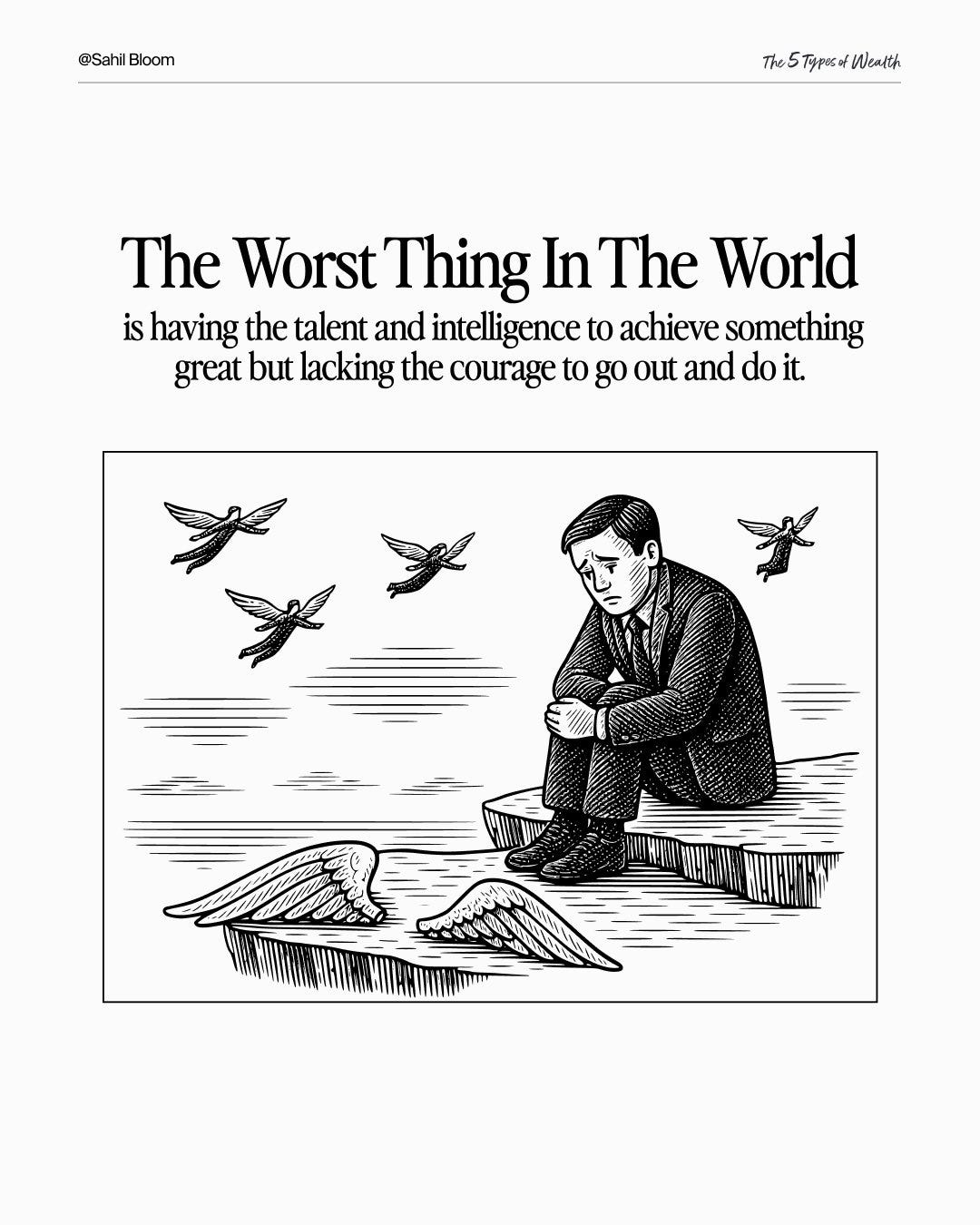Happy Sunday,
Consumer demand is softening, tax policy risks are growing, and banks are preparing big payouts. Inflation-adjusted spending dropped in May, alongside the first decline in personal income since 2021 — signs that the post-pandemic spending wave may be tapering. Meanwhile, a new tax proposal could add $3.3 trillion to the deficit, reshaping safety net programs and tax policy for millions. But on Wall Street, optimism reigns: all major banks passed the Fed’s stress test, clearing the way for generous buybacks and dividends.
This week’s newsletter unpacks the crosscurrents shaping the second half of the year.
- Humphrey & Rickie
Market Report
US Consumer Spending Drops in May, Price Pressures Remain Tame
In May, US consumer spending saw its most significant inflation-adjusted decline since the beginning of the year, falling by 0.3% as households cut back on a wide range of goods and services.
The pullback, which was particularly notable in services like transportation and dining, as well as in motor vehicle purchases, suggests that sluggish demand from the first quarter has continued.
The report also showed personal income fell for the first time since 2021, largely due to a decrease in government transfers, and the personal saving rate declined to 4.5%.
While the Federal Reserve’s preferred inflation gauge rose slightly more than expected, underlying price pressures remain limited for now. However, Fed Chair Jerome Powell anticipates that tariff-related price hikes will become more apparent in the coming months.
He indicated that if this expected inflation increase does not occur, the central bank might consider cutting interest rates sooner than anticipated.
New Tax Bill Could Add $3.3 Trillion to US Deficits
A new analysis from the nonpartisan Congressional Budget Office (CBO) shed new light on the financial impact of the Senate's latest tax and spending proposal. According to the CBO, the measure would increase the national deficit by nearly $3.3 trillion over the next decade.
This figure is based on a standard "current law" baseline and accounts for a $4.5 trillion reduction in government revenue, primarily from extending the 2017 tax cuts, offset by a $1.2 trillion decrease in government spending.
The proposed legislation includes significant cuts to safety net programs such as Medicaid and the SNAP, also known as food stamps.
For individual taxpayers, the bill contains several key provisions. It aims to make the 2017 individual income tax cuts permanent and would also make three business tax breaks permanent.
A tentative deal has also been reached to alter the cap on state and local tax (SALT) deductions. The cap would be set at $40,000, as proposed in the House version of the bill, but this limit would only be in place for five years instead of ten, offering a temporary change for taxpayers in high-tax states.
The legislation also includes new limits on deductions for workers' tips and overtime pay.
Big Banks Pass Fed’s Stress Test, Setting Stage for Payouts
Good news for bank investors and financial stability: All 22 of the largest US banks comfortably passed the Federal Reserve's annual "stress test," an exam designed to ensure they can withstand a severe hypothetical recession.
The successful results showed that the banks could absorb over $550 billion in losses while still maintaining more than double their minimum capital requirements.
For shareholders, this outcome is expected to lead to a wave of increased stock buybacks and dividend payments, with official announcements anticipated as soon as Tuesday.
The test was considered less rigorous than last year's, contributing to the strong performance and likely leading to lower capital requirements for the banks, further paving the way for larger payouts to investors.
Forecast Ahead
Big Number
Overcome the Sunday Scaries
🎉 Want to see what I invest in?
I just launched my brand new paid Whop community, Critical Wealth. Join to see:
✅ My Portfolio + Buys & Sells
✅ Access to exclusive videos (2 per month not seen on YouTube)
✅ Investing Questions Answered
✅ Membership in a community of like minded investors
If you’re looking for an engaged community, I’m building one of the best communities in personal finance and investing, and for less than a dollar a day you can support the channel and get access to a private community with other like minded investors.








